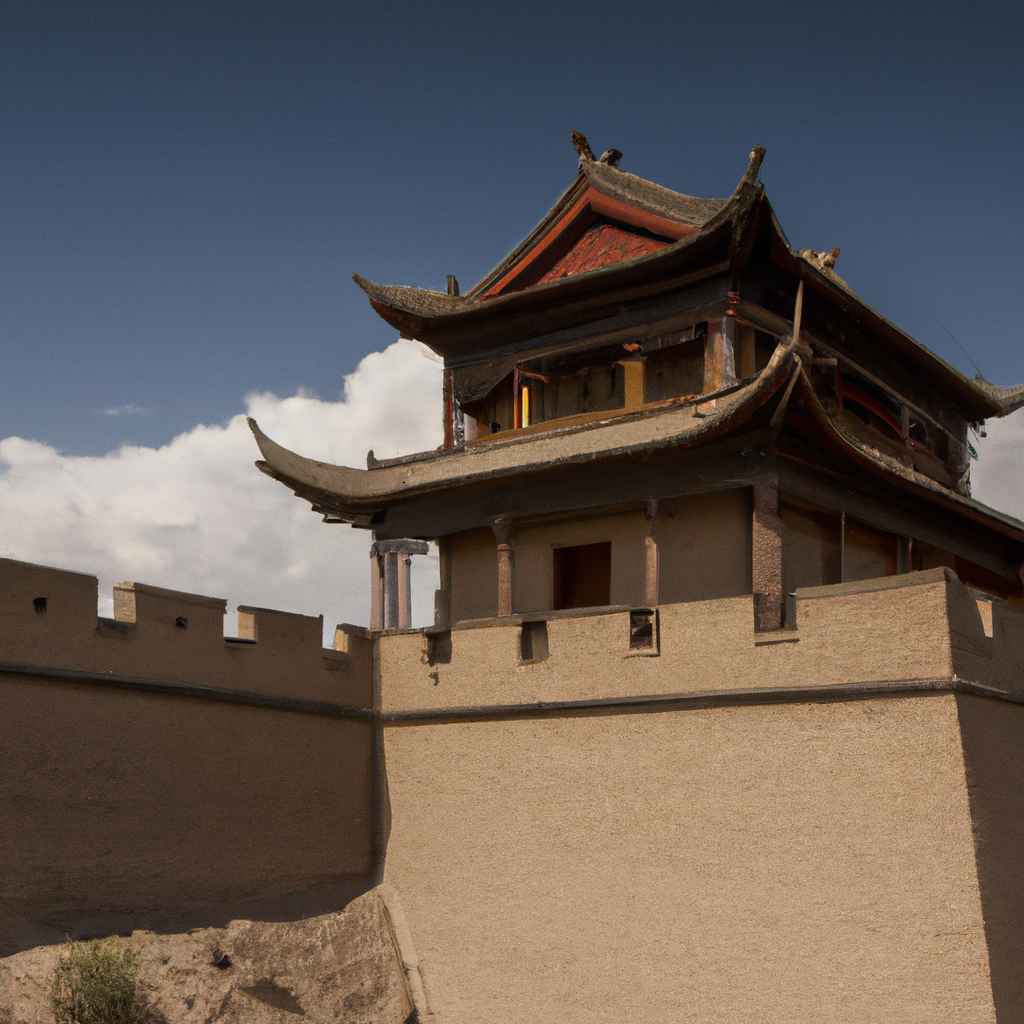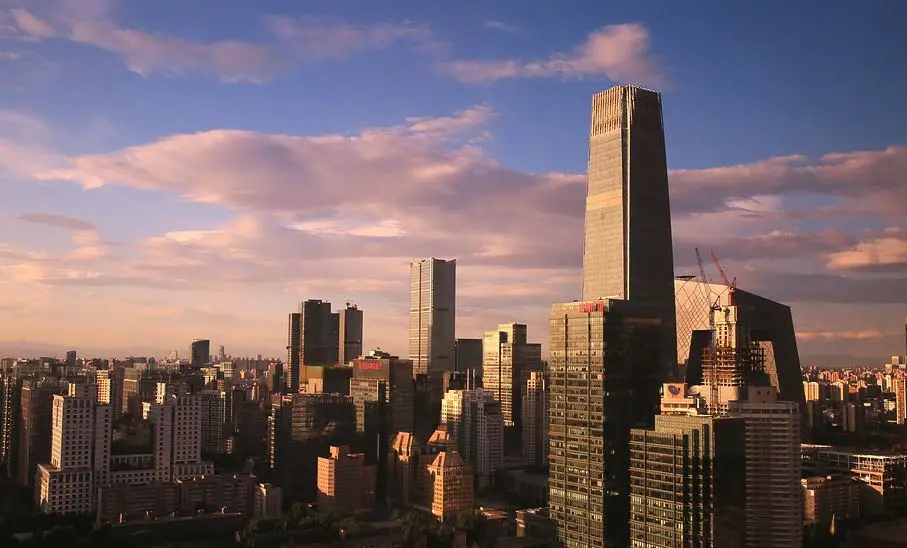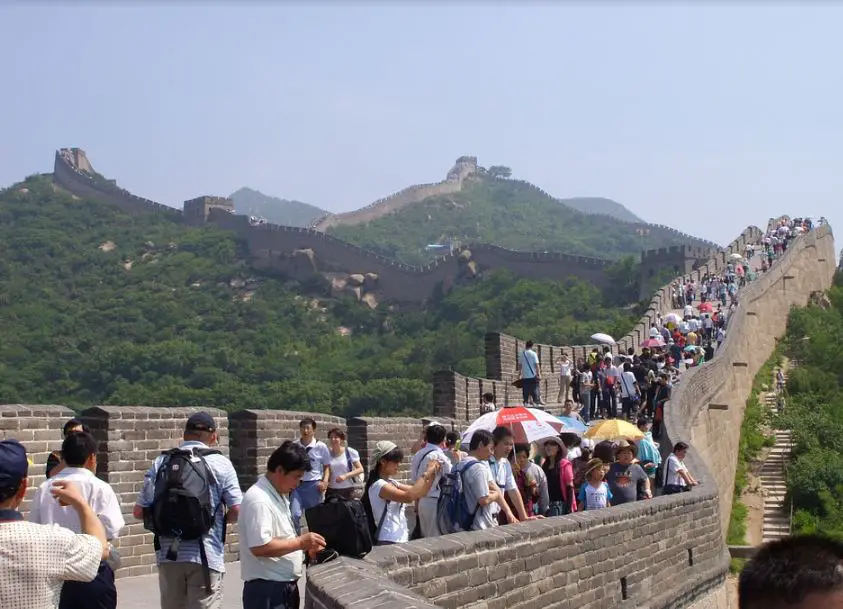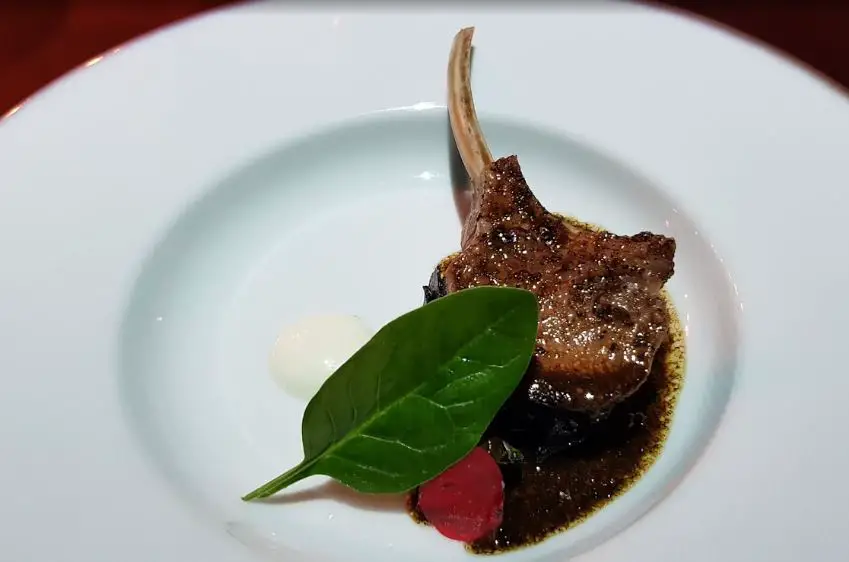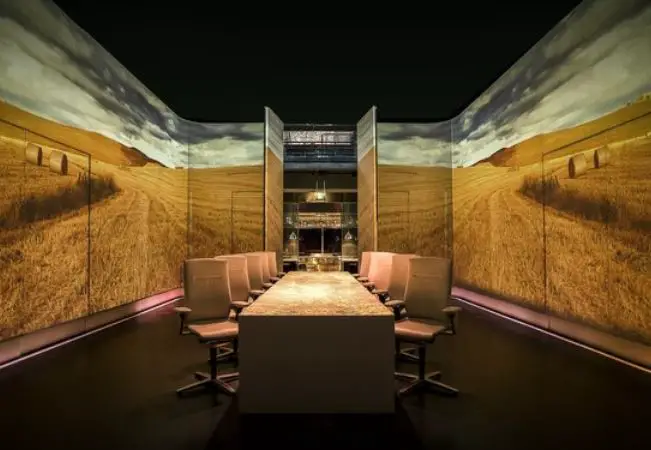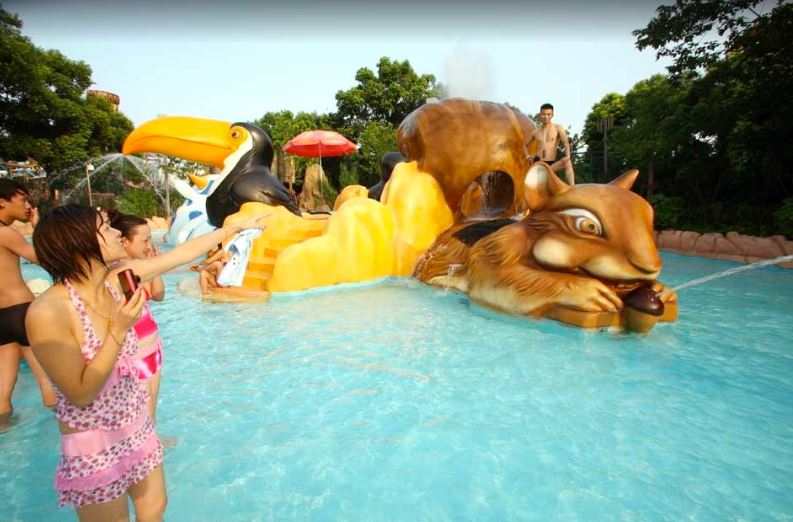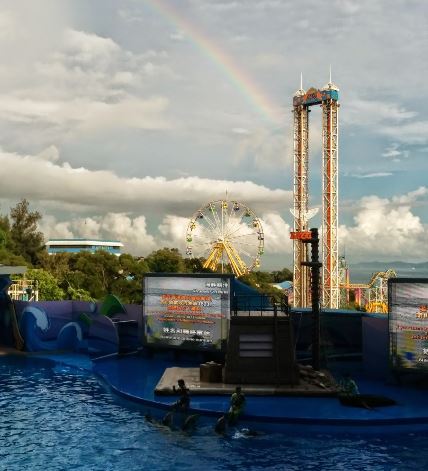Historic Centre of Macao In China: Overview,Prominent Features,History,Interesting facts
Overview:
The Historic Centre of Macao In China is a UNESCO World Heritage Site that was inscribed in August 2005. It is made up of a historic area of urban settlements, principally concentrated in the old Macao Peninsular, one of the oldest human settlements existing in the region. The core area of the Historic Centre of Macao In China is a well preserved old town area with a number of monuments and buildings, as well as some squares and narrow cobbled streets including the A-Ma Temple, the Ruins of St. Paul's, Guia Fort, and Mount Fortress. The Historic Centre of Macao also offers numerous historic sites and attractions related to the cultural life of the Chinese and Portuguese communities that lived in Macao In China over the centuries. These sites range from hidden churches, historic residences, and ancient temples, to remainders of the Fortifications of St. Paul, the Guia Lighthouse, and the early colonial streets and buildings that still remain around the ruins of the 'Casa Grande'. Visitors can explore the fascinating historic city of Macao In China and its many fascinating attractions. It is one of the most beautiful monuments in China
Prominent Features:
The Historic Centre of Macao is a UNESCO World Heritage Site located in southwestern China. It consists of 25 locations spread over the city, including the ruin of St. Paul's Cathedral, A-ma Temple, Mount Fortress, and the Moorish Barracks. The Historic Centre of Macao was inscribed on the UNESCO list in 2005 for its unique architecture that reflects a fusion of Eastern and Western influences. This area played an important role in the exchange of culture, ideas, and goods between China, Japan, Southeast Asia, and Europe. The centre is famous for its Portuguese colonial architecture, small streets, and churches, as well as its natural beauty and preserved urban area. It is also home to a variety of important cultural landmarks such as the Grand Prix Museum of Macao, the Fortaleza do Monte, and the Museum of Macanese Culture. You can learn history, culture, and heritage through these magnificent monuments in China.
History:
The history of Macao’s historic centre can be traced back to 1553, when the Portuguese established the colony. It was the first and last European colonial entity in the Far East, and retained a peculiar hybrid East-West culture. Macao reached its zenith in the early 19th century before having its grandeur diminished by a series of natural calamities. The twentieth century brought sweeping changes to Macao by way of a boost in tourism and rapid economic growth. In the late 16th century, Macao's most iconic sites started to appear. Ruins of the St. Paul's Church - the first-ever western-style church in the far east - stand from this period, as well as the vibrant Senado Square. The official name for this square is Largo do Senado, referring to the Portuguese senate, which had a small presence in Macao. The Catholic Cathedral of Macau and Marian Fount were additional projects that were crucial in the Spanish/Portuguese alliance and were well known to seafarers of the time. Later in the 18th century, more iconic locations developed with the establishment of the Kuan Tai Temple and the Yue-Kong-Ti Pavilion. In the late 18th and early 19th century, Macao experienced great prosperity due to its booming maritime trade. Maritime landmarks such as the Maritime Customs Building and Seamen's Hospital prove this. This period also saw the establishment of neo-classical churches such as the Holy House of Mercy and St. Lawrence's Church. Economic depression and social unrest in the mid-19th century eventually gave way to stability and renewed prosperity in the early twentieth century. The city experienced a period of regeneration and expansion, with the construction of a number of modern buildings that showcase both western and Chinese elements. The Historic Centre of Macao was recognized as a World Heritage Site by UNESCO in 2005. It is an irreplaceable living cultural landscape that serves as a reminder of the interaction between Chinese and Western cultures throughout centuries of trading in the Far East. Visit one of the famous monuments of China with your friends and family.
Interesting facts:
1. The Historic Centre of Macao was added to the list of UNESCO World Heritage Sites in 2005. 2. The Historic Centre of Macao is the first and currently only historic city centre in China to be inscribed on the World Heritage List. 3. The Historic Centre of Macao covers 26 hectares of land and consists of a variety of architectural styles reflecting its unique history. 4. The city’s roots date back to the 16th century, with buildings and monuments from the Portuguese and European regimes that include Na Tcha Temple, a Chinese temple dating back to the late 19th century. 5. Macao was a major trading post and an important stopping-point for ships travelling between China and Europe in the 16th century. 6. Macao is known as the "Las Vegas of China" due to its abundance of casinos and entertainment venues. 7. The city is home to the world's highest-grossing casino, the Galaxy Macao. One of the historical monuments of China, it tells the story of a bygone era
Explore China most popular tourist destination with us. Historic Centre of Macao In China: Overview,Prominent Features,History,Interesting facts,which is 35.14 km away from China main town, is the most popular destination to add in your travel wishlist.
-
City:
China
-
state:
Macao
-
country:
China
-
country code:
CN
-
postcode:
999078
Location:
Macao China

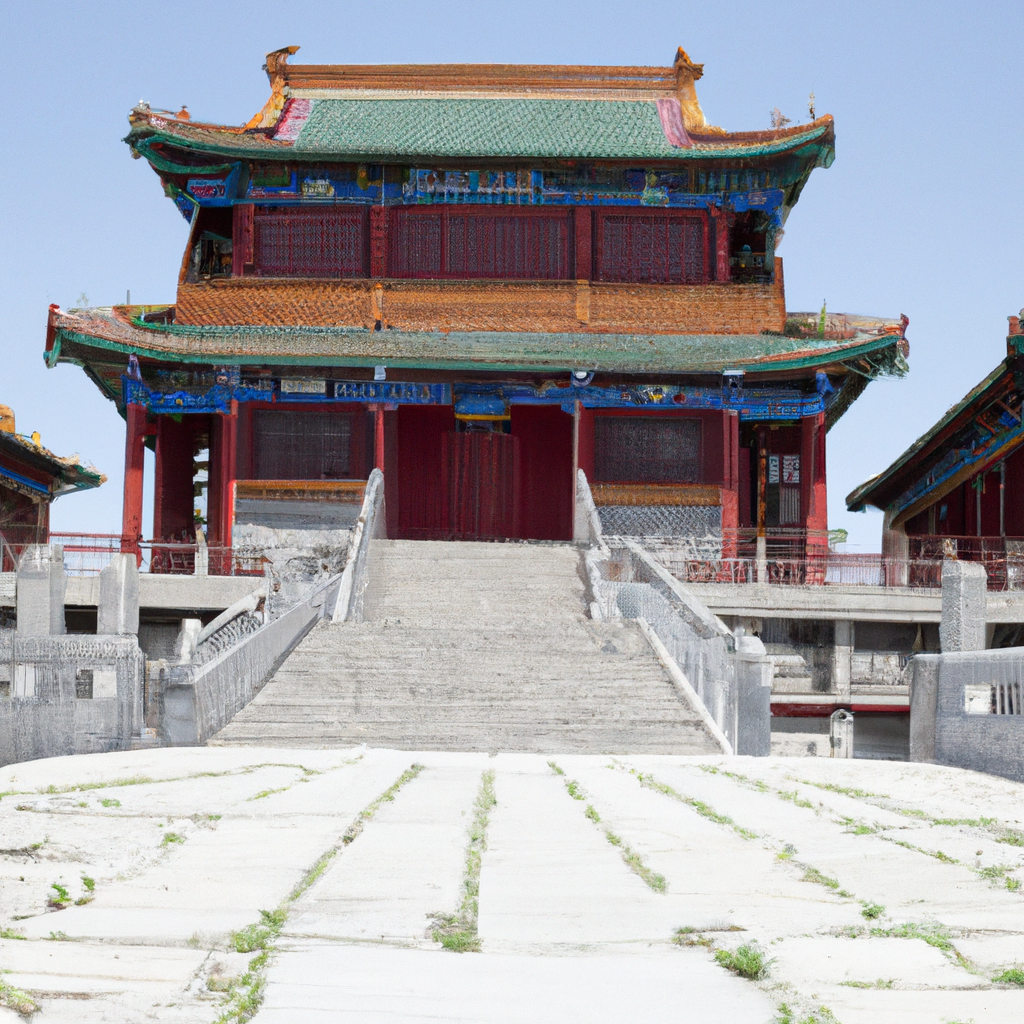
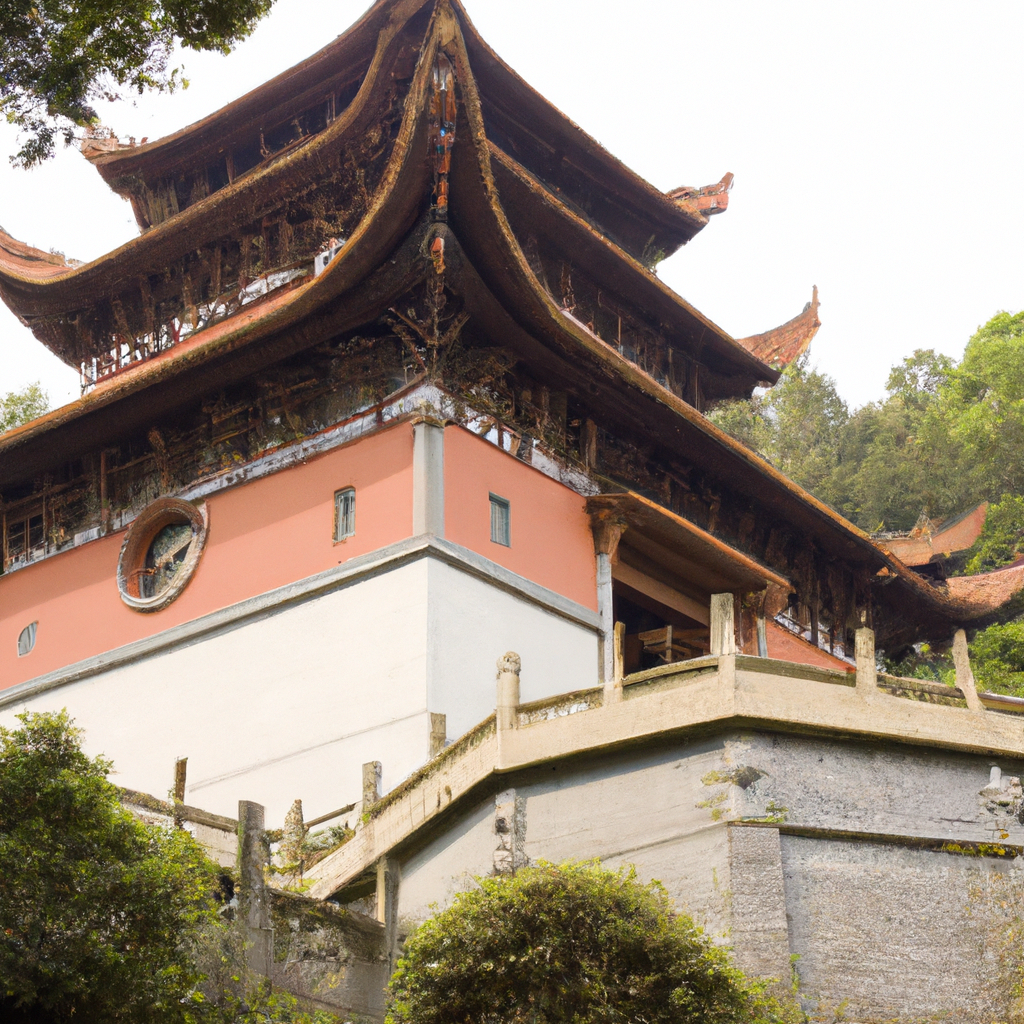
 In China.png)

 In China.png)
